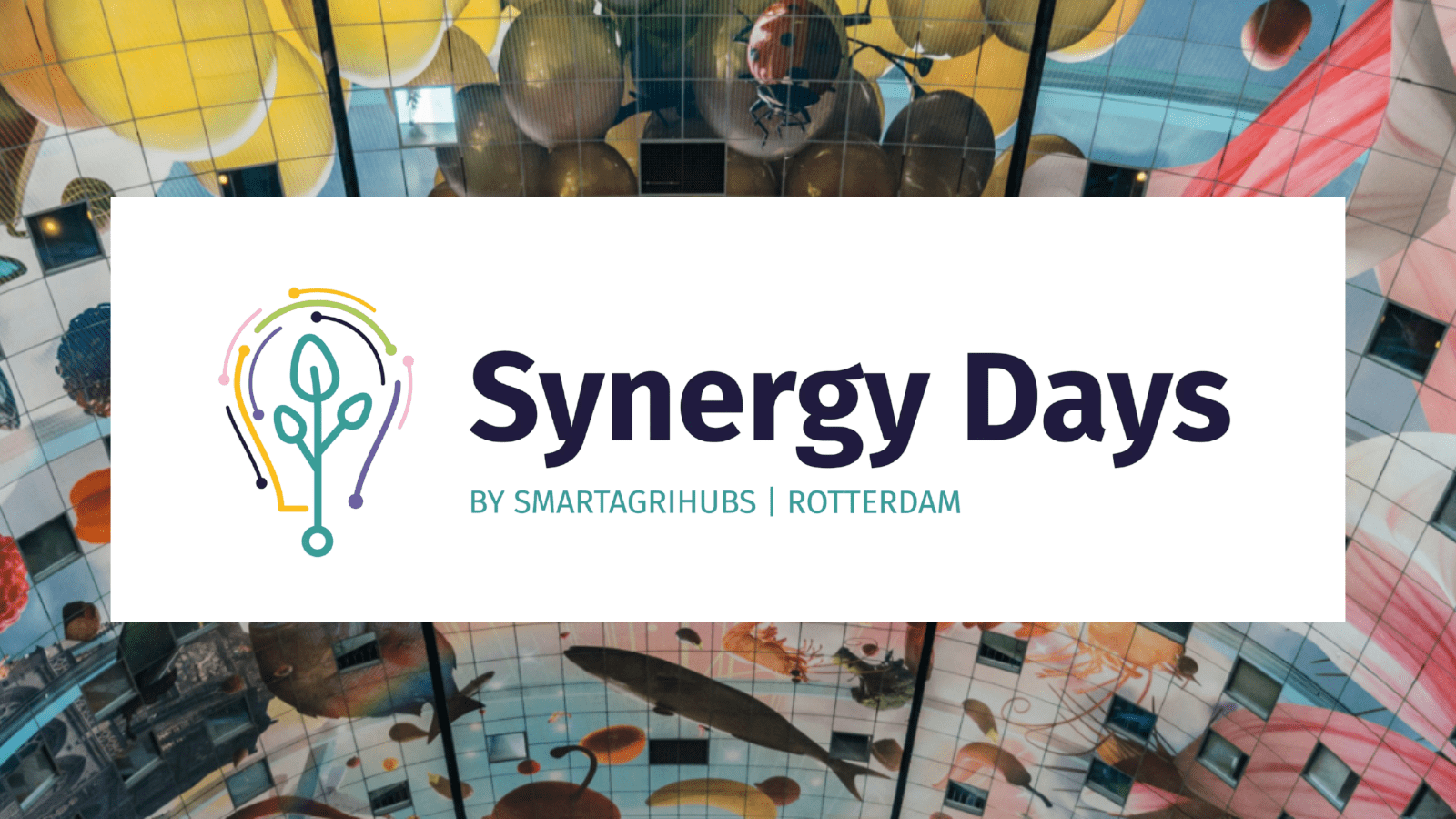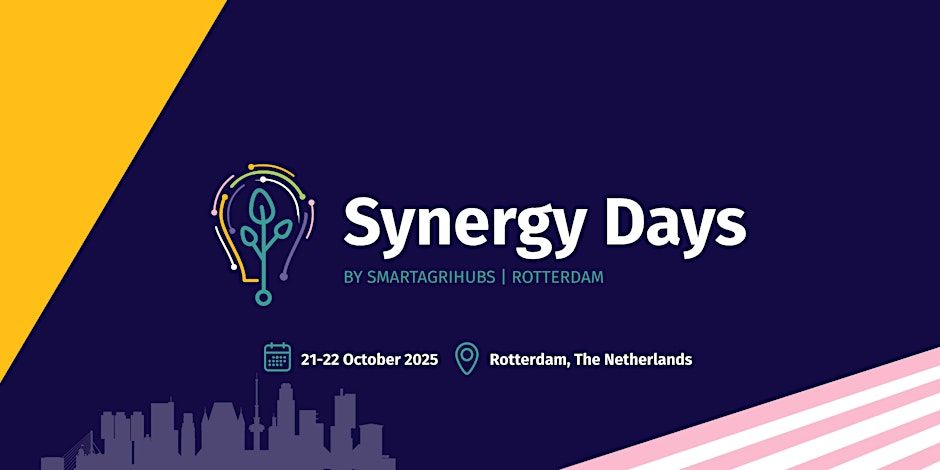The Food Hazard Detection Challenge, task 9 of SemEval 2025 (co-hosted with ACL 2025 in Vienna) and part of the Extreme Food Risk Analytics (EFRA) project, has officially concluded! This competition brought together AI researchers and food safety experts to develop advanced machine learning models capable of identifying food safety hazards in real-world reports.
With food safety risks being a major global concern, this challenge demonstrated how AI can help detect and analyze food hazards more efficiently, accurately, and transparently. Let’s dive into what the competition covered, the innovative approaches from top teams, and what comes next.
The Challenge: Using AI to Detect Food Safety Risks
The competition focused on developing explainable AI models to analyze short-text reports of food safety incidents. Participants tackled two key tasks:
1. Text Classification for Food Hazard Prediction: Predicting the type of hazard (e.g., Salmonella, pesticides) and the affected product category (e.g., dairy, meat).
2. Food Hazard and Product Detection: Identifying the specific hazard and product mentioned in food safety reports.
Participants worked with a rich dataset of 6,644 real-world food safety reports, featuring:
- 1,142 distinct products, from ice cream to chicken-based meals, grouped into 22 broader categories (e.g., meat, dairy, cereals).
- 128 different hazards, including Salmonella, allergens, and chemicals, organized into 10 hazard types.
- A highly imbalanced dataset, making classification more challenging and requiring innovative strategies to achieve high accuracy.
How Were the Models Evaluated?
To ensure fairness, all submissions were assessed based on the macro F1-score, which measures how well models perform across different hazard types and product categories — especially those that appear less frequently in the dataset.
The competition attracted strong participation from researchers and industry experts, leading to impressive results.
Leaderboard: Top Approaches and Key Innovations
The top-performing teams experimented with cutting-edge AI techniques to improve food hazard detection. Some standout approaches included:
Sub-task 1: Predicting Hazard Type & Product Category
1. Team “Anastasia” (Score: 0.8223)
- Used a Large Language Model (LLM) to augment the dataset.
- Split data into different token sizes for better model adaptation.
- Trained DeBERTa v3 Large & RoBERTa Large, applying focal loss.
- Used an ensemble approach (combining multiple models) for final predictions.
2. User “MyMy” (Score: 0.8112)
- Integrated Retrieval-Augmented Generation (RAG) to bring in external knowledge about food hazards.
- Applied data augmentation techniques to balance and enrich the dataset.
- Fine-tuned BERT models and Gemini for improved classification.
3. User “dml” (Score: 0.8049)
- Focused on Supervised Fine-Tuning (SFT) of LLMs.
- Conducted data cleaning and filtering to enhance model accuracy.
Sub-task 2: Identifying Specific Hazards & Products
1. User “jss” (Score: 0.5473)
- Used DeBERTa to generate candidate hazards and product categories.
- Fed these candidates into an LLM to refine predictions.
2. User “dml” (Score: 0.5409)
- Applied a similar SFT approach with advanced data augmentation techniques.
3. Team “PingAn AI — NLP” (Score: 0.5357)
- Fine-tuned six LLMs and applied a voting mechanism to determine the best results.
Want to see the full leaderboard?
What’s Next? System Description Papers & SemEval 2025
The next step for participants is to document their methods and findings in system description papers, which will be submitted to SemEval 2025 — co-hosted with ACL 2025 in Vienna, Austria (July/August 2025).
These papers will allow teams to share their insights, contribute to the AI research community, and help shape the future of AI-driven food safety detection.
Connecting AI & Food Safety: The EFRA Project
This challenge is part of EFRA, an initiative focused on building the first AI-driven food risk prevention system. By leveraging data mining, aggregation, and AI analytics, EFRA aims to create a proactive food safety monitoring framework to detect risks before they become public health crises.
Why is this important? Every year, millions of people suffer from foodborne illnesses caused by bacteria, allergens, or contaminants. With AI-powered monitoring systems, we can move towards faster hazard detection, automated risk assessments, and better food safety management.
Final Thoughts: AI for a Safer Food Future
The Food Hazard Detection Challenge has proven the potential of AI in food safety. By bringing together researchers, data scientists, and food safety experts, the competition has paved the way for smarter, more efficient food risk detection systems.
What’s next? We look forward to:
- Reading the system description papers at SemEval 2025.
- Exploring new AI-powered food safety applications.
- Continuing research to make food monitoring more transparent and reliable.
A huge congratulations to all participants and contributors!
Article originally posted on Medium.




